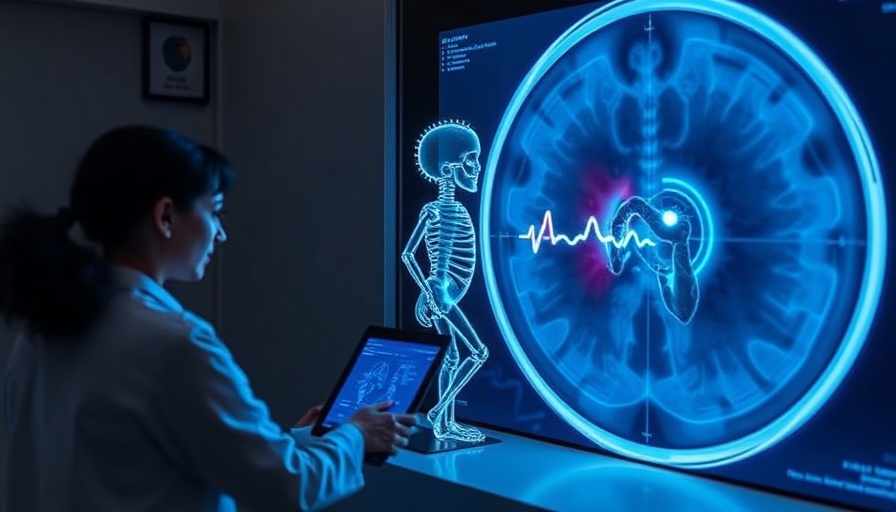
Why AI Tools Like Grok Aren’t Ready for Radiology
Artificial intelligence is rapidly evolving, grabbing headlines with impressive feats, especially in healthcare. One notable player is Grok, a tool from Twitter's parent company X, which has gained attention for diagnosing medical conditions from X-rays. Most notably, a viral post showcased how Grok accurately identified a user's daughter's broken wrist, a diagnosis that had eluded her medical team. The buzz surrounding Grok, amplified by endorsements from high-profile figures like Elon Musk, raises pressing questions about the readiness of AI in crucial fields like radiology.
The Illusion of AI Accuracy
While stories of AI success can feel magical, they might not tell the complete story. Just as celebrated moments on the basketball court can create illusions of greatness for untested players, AI tools like Grok present a similar challenge—they can sometimes mislead users into overestimating their capabilities. Despite its ability to analyze images and provide insights, Grok represents only a fraction of what truly competent diagnoses require. Indeed, in the complex realm of medical imagery, the nuances that trained doctors consider often surpass the simplistic interpretations of AI.
A Cautionary Tale for Healthcare
Critics caution against placing too much faith in AI technologies without establishing robust validation processes. A public demonstration may be one thing, but real-world medical contexts require comprehensive evaluations and regulatory measures ensuring that tools like Grok deliver consistent and reliable results. Without these safeguards, there’s a risk of misdiagnosis, which could have dire consequences for patients relying on such technology.
The Future of AI in Radiology
Despite its current limitations, the potential for AI in radiology remains promising. Innovations in AI and machine learning can evolve into partner tools for healthcare professionals, complementing rather than replacing human expertise. Proper integration of AI could lead to enhanced diagnostic accuracy and efficiency, but this requires ongoing research, training, and collaboration between tech developers and medical practitioners.
Conclusion: Embracing Caution and Optimism
As we stand on the cusp of an AI revolution in healthcare, it’s vital to approach these technologies with both caution and optimism. While tools like Grok can inspire excitement, it’s crucial to recognize their limitations and work toward solutions that prioritize patient safety and uphold the tenets of medical practice. For now, recognizing the human element in medicine remains our best bet for effective healthcare delivery.
 Add Row
Add Row  Add
Add 




Write A Comment